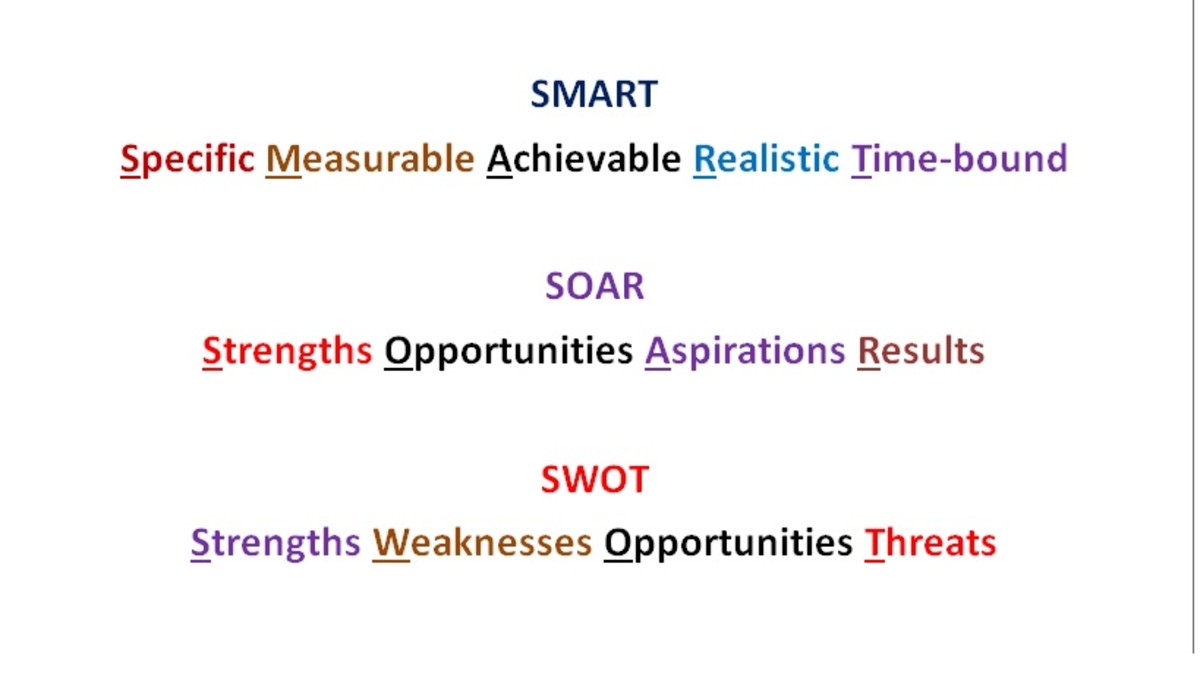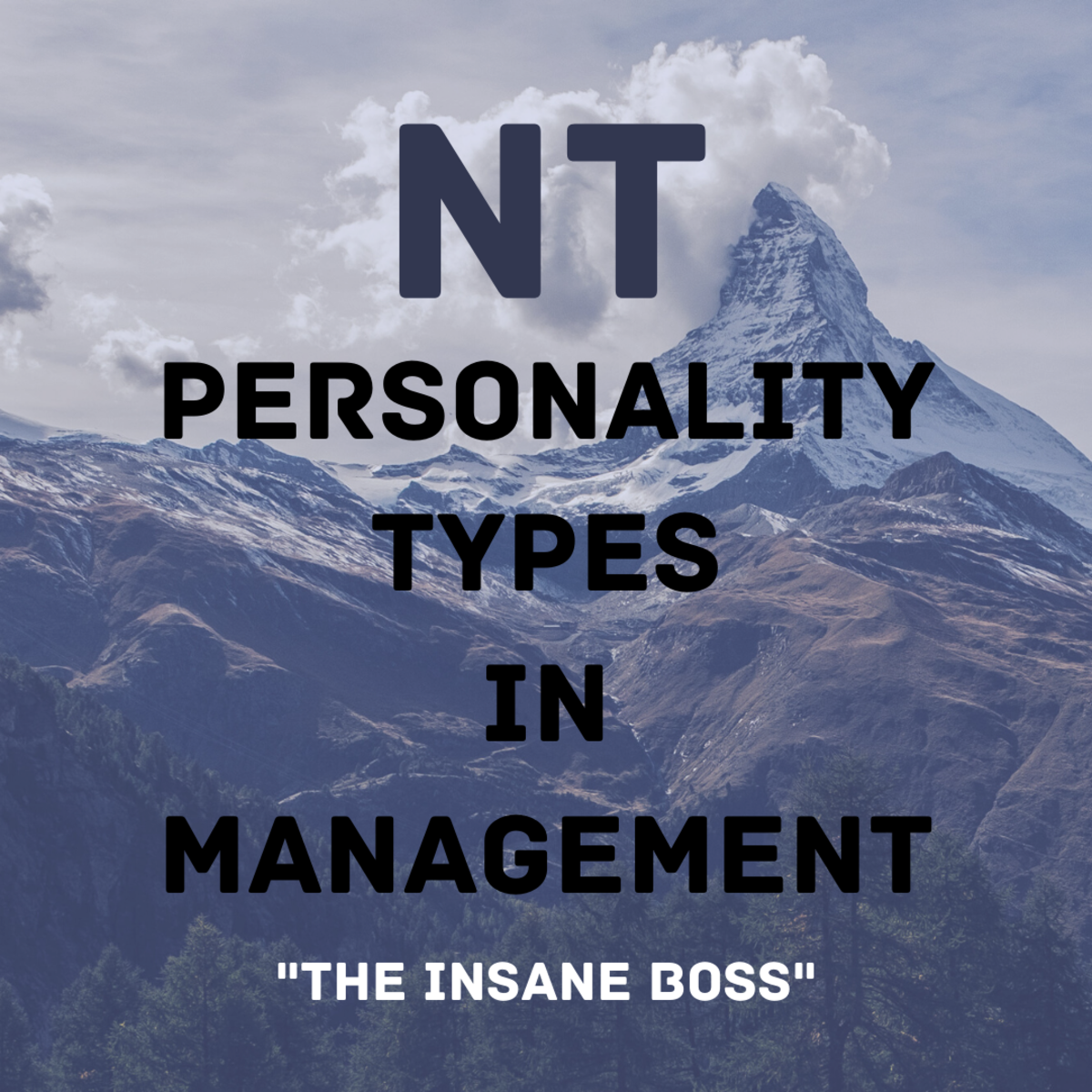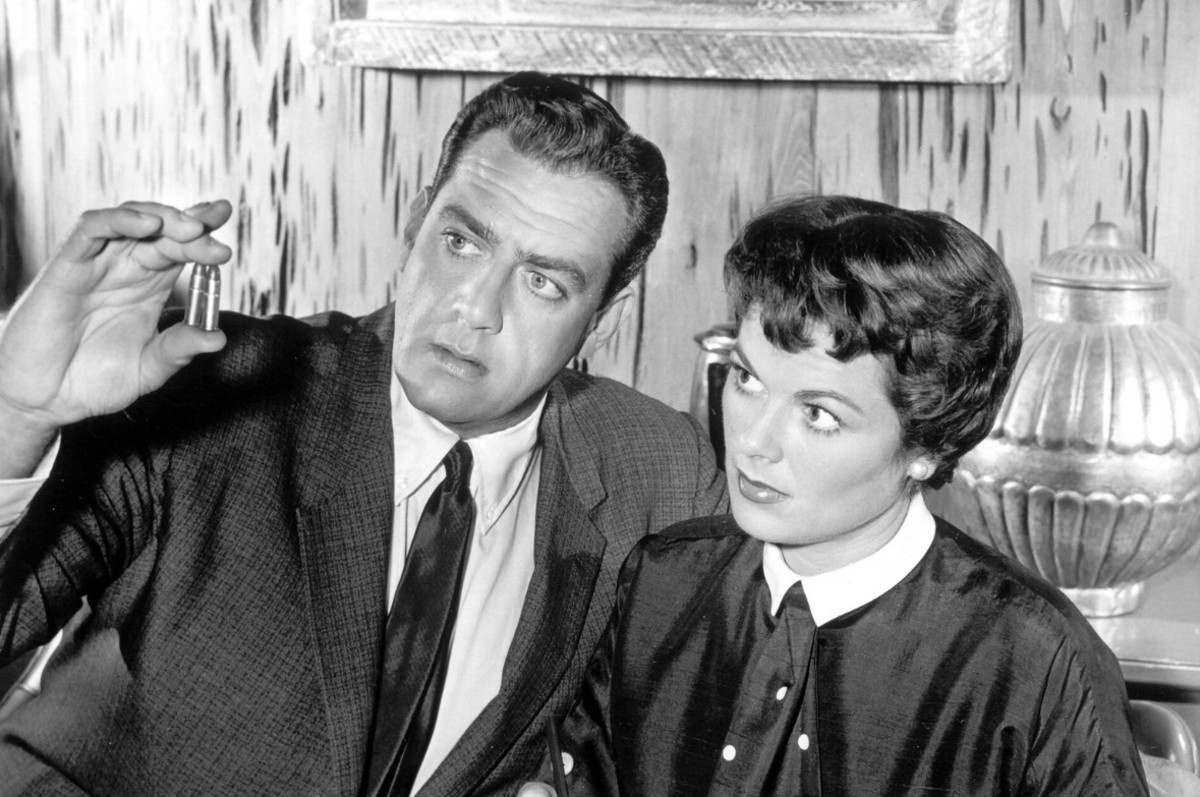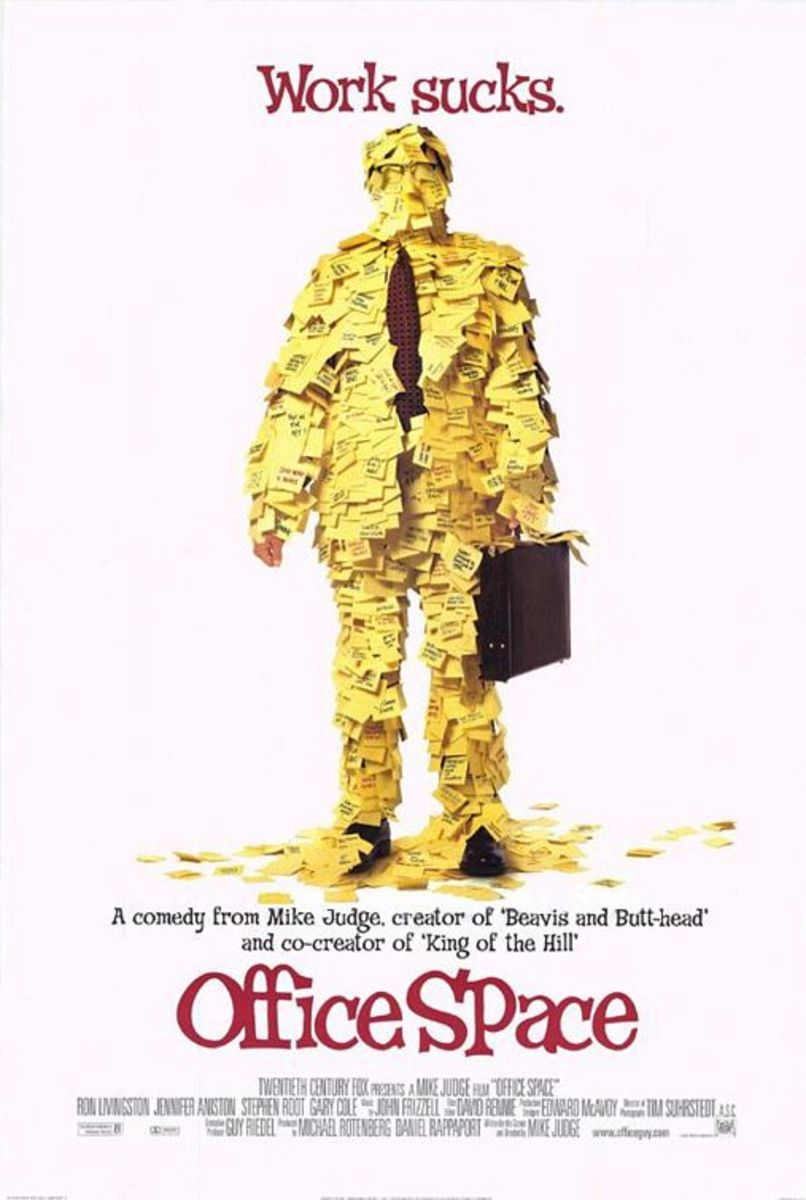Types of Organizations
Types of Organization
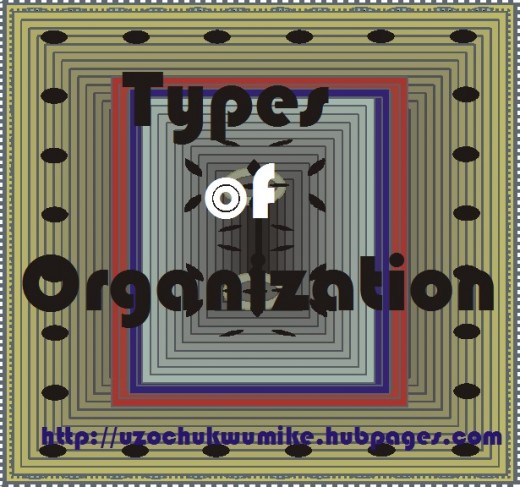
What are Types of Organization
Introduction
Organization, which many people interpret differently, is of many types or categories. As there are many types of animals that exist on this earth, so are types of organizations. These types of organizations have their definitions and characteristics. Before further note is given on this topic, let’s define an organization. The word organization is viewed from two reference points. One is that organization is defined as a collection of individuals who have come together to achieve a common goal under rules and regulation. Another definition of organization is as a function of management. In this definition, organization is seen as the arrangement of resources for efficient use in the attainment of goals and objectives.
The two principal types of organizations are formal and informal organizations. In every organization, these two categories of organization exist and they enhance the activities carried out in the organization. They work as subordinates to each other.
Formal and Informal Organization
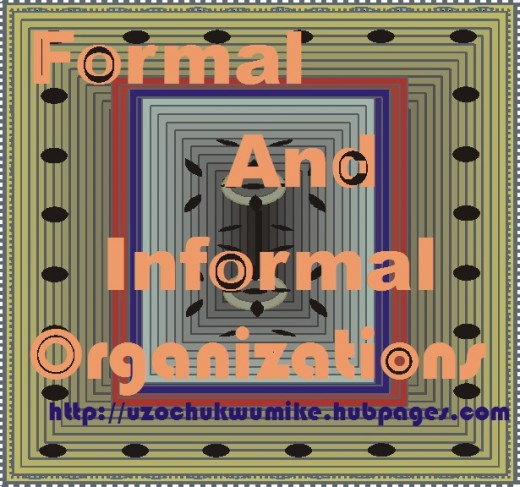
Formal Organization
Any official organization which is well founded with well defined and focused objectives is known as formal organization. Formal organization is an approved establishment which displays connectivity among people, jobs, departments, and is usually represented in organization chart. According to a writer called Brown, in his opinion, he wrote that three clear characteristics of a formal organization are:
- Formal organization is deliberately impersonal;
- A formal organization is based on ideal relationship; and
- It is based on ‘Rabble Hypothesis’ of the nature of man.
Rabble hypothesis explains that competition leads to maximum efficiency and when each man fights for himself, the best interest of the group are served. He went further to say that men are isolated unit who may be moved about from one job to another depending only on their ability to perform the function required of them. According to Brown’s second opinion of informal organization, he implied that such organization is not influenced by personal feelings or relationship.
There are other qualities of formal organization. The features include existence of structure, organizational objectives and relationships prescribed by management. A formal organization has objectives for its establishment. These objectives are achievable with the help of the organization’s manager and the employees. It is his duty to energize and empower the workers on what they are to do to see that the services rendered by the organization are of good benefit to the masses. He also adopts important and necessary strategies to make sure that the formal organization is promoted and meet up with the demand of the masses or customers.
We meet formal organizations on daily basis. What are the examples of formal organization? Examples of formal organization are universities, hospitals, political parties and church. Taking university for example, it has a lot of staff, both teaching and none teaching ones. The university being a formal organization uses formal means of communication or channel. The relationships between staff are conducted on formal platform. It includes people from many parts of a particular country or even foreigners. It is quite different from informal organization where everything is done on friendly or close relationship like family organization. In hospital for instance, there are many personnel that carry their functions in it. There are nurses, doctors, students who are on medical trainings, midwives and so on. All these workers come from different places and families and meet one another in their workplace, hospital. This is why hospital is regarded a formal organization.
Informal Organization
Informal organization is an opposite of formal organization. It is also known as shadow organization because it is a reflection of formal organization. It is an unapproved or unofficial organization. Informal organization seizes to exist without formal one. In a family for instance (informal organization), before the family is built, the husband and wife did not know each other very closely. In the other words, they were operating on a formal basis. But when they got closer and built a family which units them together, what came to exist between them is informal organization as they give birth to children. So with the example, it is justified that informal organization cannot exist without formal one.
Bakke, a management scholar, states that as factor in influencing human behavior, the formal and informal systems are not separable. The author went further to say that without denying the danger of inconsistency and conflict between the formal and informal system, we would suggest that the social system to which participants in an organization reacts, and which is an effective determinant of their behavior, is a synthesis of both formal and informal element.
Let’s give clear example of the author’s explanation based on the above paragraph. In university of higher learning, there are many departments that make it. The university is incomplete without these departments as they are its main elements or composition. Now, the university is taken as a formal organization, but inside it is informal organization. In a particular department, there are workers that carry out their functions in it. These can be the departmental secretary, Head of the Department and other departmental lecturers. As these persons work together from day-to-day, they begin to build relationship between one another. At times, this relation leads to marriage between the two working in the organization (the department). This makes informal organization to exist in the department. From the illustration, it simply implies that the university is an informal organization and university department an informal organization.
The manager of formal organization has no power over informal organization. It is similar to saying that the vice chancellor of a university has no power over the family of one of his workers. A good manager makes use of informal organization to achieve the formal organization goals. When there is good understanding between workers that work together in a department of big company, they can do great and good job because of their unity to achieve the objectives of formal organization.

Conclusion
Discussed on this write-up are the classifications or types of organization. It is explained in such a way that any reader of this piece can easily comprehend the information passed across. In summary, the classifications of organizations are formal and the informal. The two are obtainable in every standard organization. Formal organization involves formal relationship between people. On the contrary, informal organization involves close relationship between people and example of this type of organization is family.


